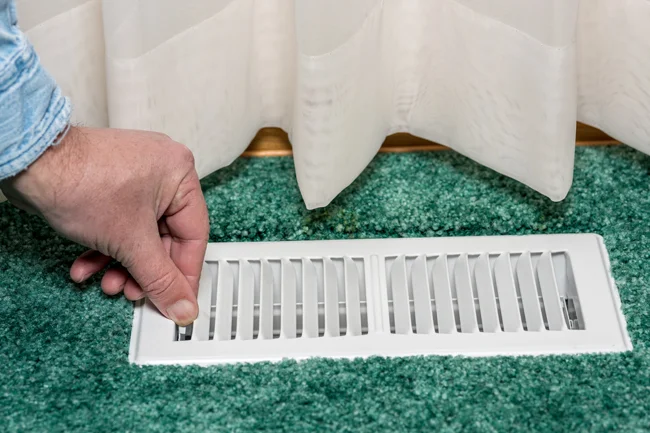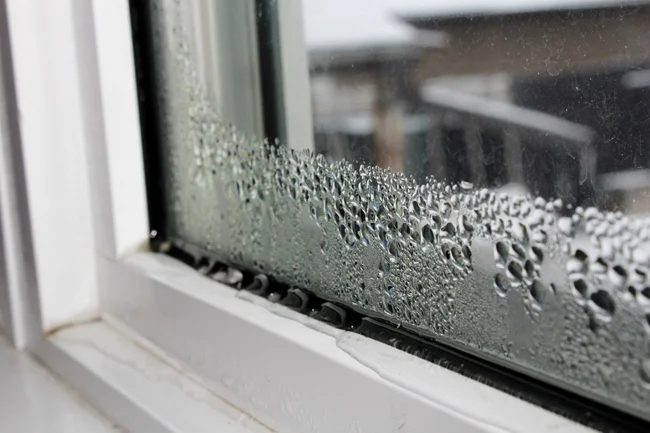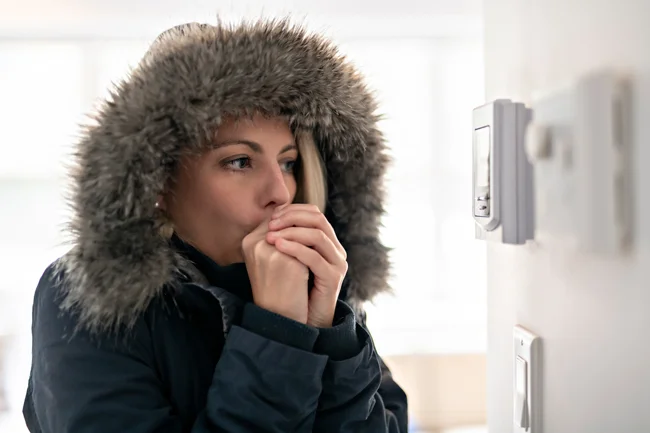In the quest to manage the high costs associated with heating and cooling our homes, the idea of closing vents in unused rooms seems like a logical approach. However, this common belief may actually result in increased energy expenses and potential damage to your HVAC system. Let’s explore the reasons why shutting vents may not be the energy-saving solution you’re hoping for.
The Pressure Predicament
HVAC systems are meticulously sized to match the cubic footage of a home’s living space. Closing vents disrupts the airflow, causing air pressure to build up in the ductwork and elevating the risk of duct leaks. These leaks lead to the wasteful loss of conditioned air into walls, ultimately contributing to higher energy costs.
System Stress
An HVAC unit relies on a delicate balance of air intake and expulsion. Closing supply vents creates negative air pressure in a room, making it challenging for the HVAC unit to draw in air. This increased strain forces the system to work harder, potentially causing damage to crucial components like the heat exchanger in a running furnace or the compressor in an active AC. Such strain can lead to costly repairs and reduce the overall lifespan of your HVAC system.

The Heat Sink Effect
Closing vents in one room can turn it into a heat sink, drawing warmth from adjacent rooms through walls, floors, or ceilings. This uneven distribution lowers the temperature in well-heated rooms, prompting the furnace to run more frequently. Keeping all vents open ensures a uniform heat distribution, preventing the undesirable heat sink effect.
Mold Growth Concerns
Reduced air circulation in rooms with closed vents raises the risk of mold and mildew growth, particularly in humid regions. The lower temperature in these closed-off areas increases the likelihood of condensation and moisture issues, providing an ideal environment for mold to thrive. Leaving vents open promotes better air circulation, helping to maintain a dry and healthier indoor environment.

Exploring Energy-Saving Alternatives
While closing vents may prove counterproductive, there are alternative strategies to tackle rising utility costs:
- Utilize space heaters: Lower your thermostat and use space heaters in specific rooms to achieve targeted heating, saving energy in unoccupied spaces.
- Invest in a smart thermostat: Programmable thermostats, like the Emerson Sensi Wi-Fi Thermostat, enable you to control heating remotely. Features such as geofencing ensure efficient temperature management based on your presence or absence.
- Schedule regular HVAC inspections: Ensure your HVAC system operates at peak efficiency by addressing duct leaks, replacing faulty components, and scheduling periodic duct cleanings. A well-maintained system is inherently more energy-efficient.

In conclusion, while the impulse to close vents may seem like a money-saving tactic, it can lead to unintended consequences. Embracing alternative energy-saving methods and maintaining your HVAC system are key steps towards achieving both comfort and cost-effectiveness in your home.
image source : istockphoto










